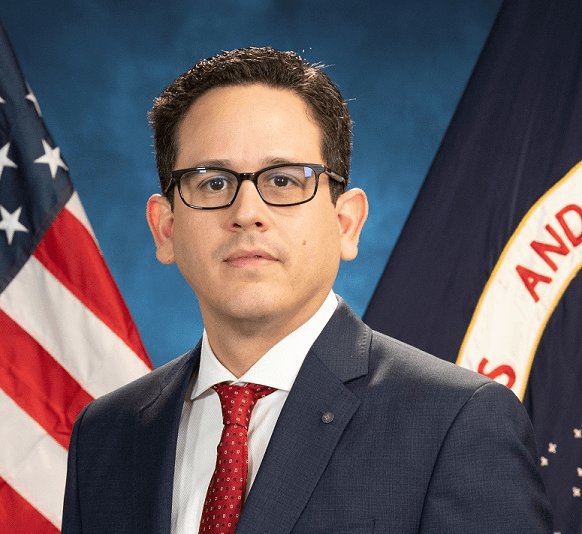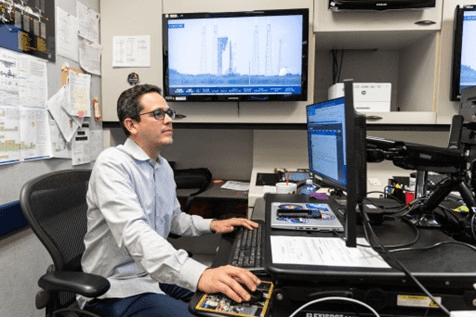Station Nation: Meet Francisco (Frank) Acevedo, an International Space Station Increment Manager supporting the Mission Integration and Operations Office
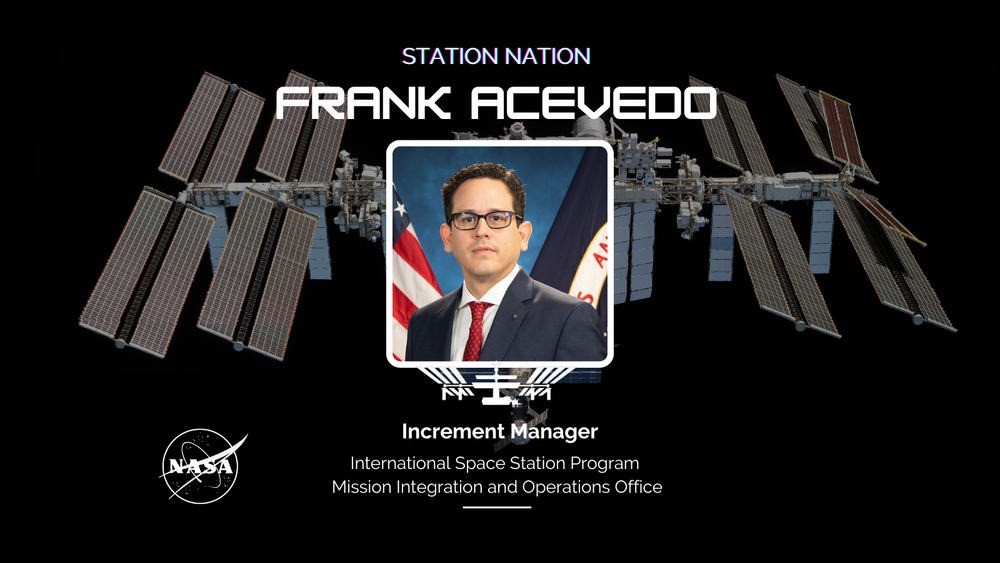
For Francisco (Frank) Acevedo, an International Space Station Increment Manager supporting the Mission Integration and Operations Office, pursuing a career in aerospace meant leaving Puerto Rico, as an opportunity to work in human spaceflight was not possible on the island. He has now worked at NASA’s Johnson Space Center for nearly 24 years! “Follow your dreams” is Frank’s advice for aspiring NASA teammates. He advises young Hispanic individuals aspiring to work in the space industry or at NASA to find a discipline they are passionate about and focus on developing and growing their skills. Acevedo emphasizes the importance of gaining work experience through school opportunities, internships, or volunteering.
In honor of Hispanic Heritage Month, Acevedo shares his Puerto Rican traditions, hobbies outside of work, and passion for sharing station science with the next generation of explorers and problem solvers. Read on to learn more!
First and Last Name?
Francisco Acevedo (But everyone calls me Frank)
Where are you from?
I was born and raised in Puerto Rico. I am from Guayama, a town on the island’s southeast coast. During my high school years, I would commute close to an hour to the town of Ponce to attend the Colegio Ponceño.
What ISS office do you support? (e.g., Vehicle, External Integration)
Mission Integration and Operations Office
What is your job title?
International Space Station Increment Manager
Describe what your position entails:
As an increment manager, I am responsible for the development, prioritization, and maintenance of the International Space Station Program requirements necessary to execute all space station vehicle objectives for an increment on the ISS. An increment is defined by the duration of a Soyuz crew mission from launch through landing, typically lasting about six months.
How would you describe your job to family or friends who may not be as familiar with NASA?
I get to determine all the things we want the space station crew to do while on orbit, prioritize the tasks, and make sure they get done.
Can you tell us more about your Hispanic heritage? Any special traditions?
When I think of my heritage being from Puerto Rico, I think of the mix of the native Tainos (the island’s indigenous people), Spanish conquistadors, and Africans. Today, the culture is a mix of all three with a heavy U.S. influence. Puerto Rico became a territory of the United States after the Spanish-American War of 1898. Visiting Puerto Rico today feels like visiting a U.S. state with the main difference being Spanish is the primary language. You can see the history in the architecture, especially in the Old San Juan, which maintains the old Spanish look, including several forts built to defend the island. The island’s feel and beautiful beaches make for a fun place to grow up and a great vacation spot. The food stands out as the thing I miss the most and is hard to replicate outside the island.
How has your Hispanic heritage influenced your career path or your work at NASA?
Pursuing a career in human spaceflight meant I had to leave Puerto Rico given that the opportunity to work in this field is not available on the island. Many of us working at NASA or other aerospace companies had to make that difficult decision. Maybe new opportunities will become available in Puerto Rico in the future for the benefit of future generations. I have lived in the United States much longer than on the island, but I am always appreciative and proud of my Hispanic roots.
What advice would you give young Hispanic individuals aspiring to work in the space industry or at NASA?
My main advice is to find a discipline you are passionate about and focus on developing and growing your skills in that area. Look to build work experience through school opportunities, internships, or volunteering. Some examples are school clubs, assisting teachers, or lab work. All these opportunities build hands-on experience that will prepare you. Also, look for any personal connection available to help open opportunities through family, friends, teachers, coaches, or counselors. You never know when and how that connection will be made that will open the door to the space industry. As long as you focus on something you are passionate about, you will find success even if not at NASA or a space-related field.
***
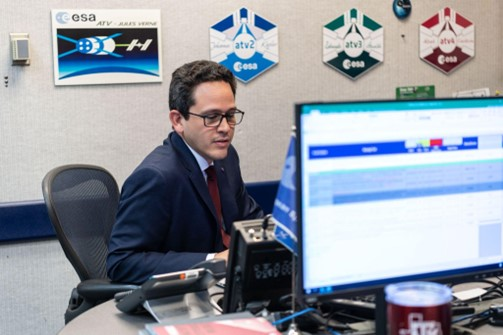
How long have you been working for the agency?
I have worked at Johnson for almost 24 years. I started as a contractor in January of 2000 as part of the International Space Station Trajectory Operations (TOPO) Flight Controller group. I became a civil servant in 2006 and since then I have worked in many different roles supporting the International Space Station Program.
What was your path to NASA?
A college recruiter visited our high school and introduced me to Embry-Riddle Aeronautical University. I was always interested in science studies and aerospace, but this event set my path toward NASA. I attended Embry-Riddle in Daytona Beach, FL and graduated with a degree in engineering physics. The school was heavily recruited by United Space Alliance, the main contractor for the Space Shuttle Program and International Space Station operations at the time. This college recruiter visit started me down the path to my career at Johnson Space Center.
Is there a space figure you have looked up to? Someone in the spaceflight industry who has motivated or inspired you to work for the space program? (e.g., astronaut, astronomer, flight director, fighter pilot, space communicator)
There are so many mentors and people who provide inspiration at NASA and other space companies. My life and personal career have been touched and improved by many individuals. If I had to pick one person, that would be Chris Cassidy. I had the privilege of being the increment manager for the duration of his last mission to the space station. This mission was unique in that he was the only crew member in the United States Orbital Segment (USOS). Given the circumstances at the time, the crew was reduced to one USOS crew and two Russian crew for six months. His performance as the sole astronaut managing the U.S. segment of the orbiting laboratory was inspiring, and I was glad to have played a significant part in planning and executing his mission.
What does diversity, equity, and inclusion mean to you? How does it guide you in your work at NASA?
The importance of diversity, equity, and inclusion rests in ensuring that leaders seek ideas and input from all team members. Leadership teams need to be willing to listen and identify where the risks lie and address them openly. No voice should be ignored in our business.
What is your favorite NASA memory?
My favorite NASA memory was viewing the launch of NASA’s SpaceX Crew-4 mission with my family at Kennedy Space Center. Being able to share such a significant event with my wife and two boys was a very fulfilling experience.
What is the most meaningful project you have worked on with NASA?
I've had the opportunity to work on many meaningful projects. Every increment I have worked on is unique in its own way. Being a significant member of the NASA team that worked on the Automated Transfer Vehicle-1 (ATV-1) stands out as a particularly meaningful project. This was the first European cargo vehicle to the International Space Station.
What do you love sharing about the station to general audiences? (In regard to getting the general public to understand its role and how it benefits life on Earth)
I like to emphasize how the International Space Station is opening the gates to companies outside of NASA to develop and perform human spaceflight in low Earth orbit. Not only is the space station a significant capability to allow the development of cutting-edge research, but it is also paving the way for others outside of NASA to do the same. From the development of the capability to launch astronauts from U.S. soil to the future development of the space stations that will continue operations in low Earth orbit after the International Space Station mission is complete.
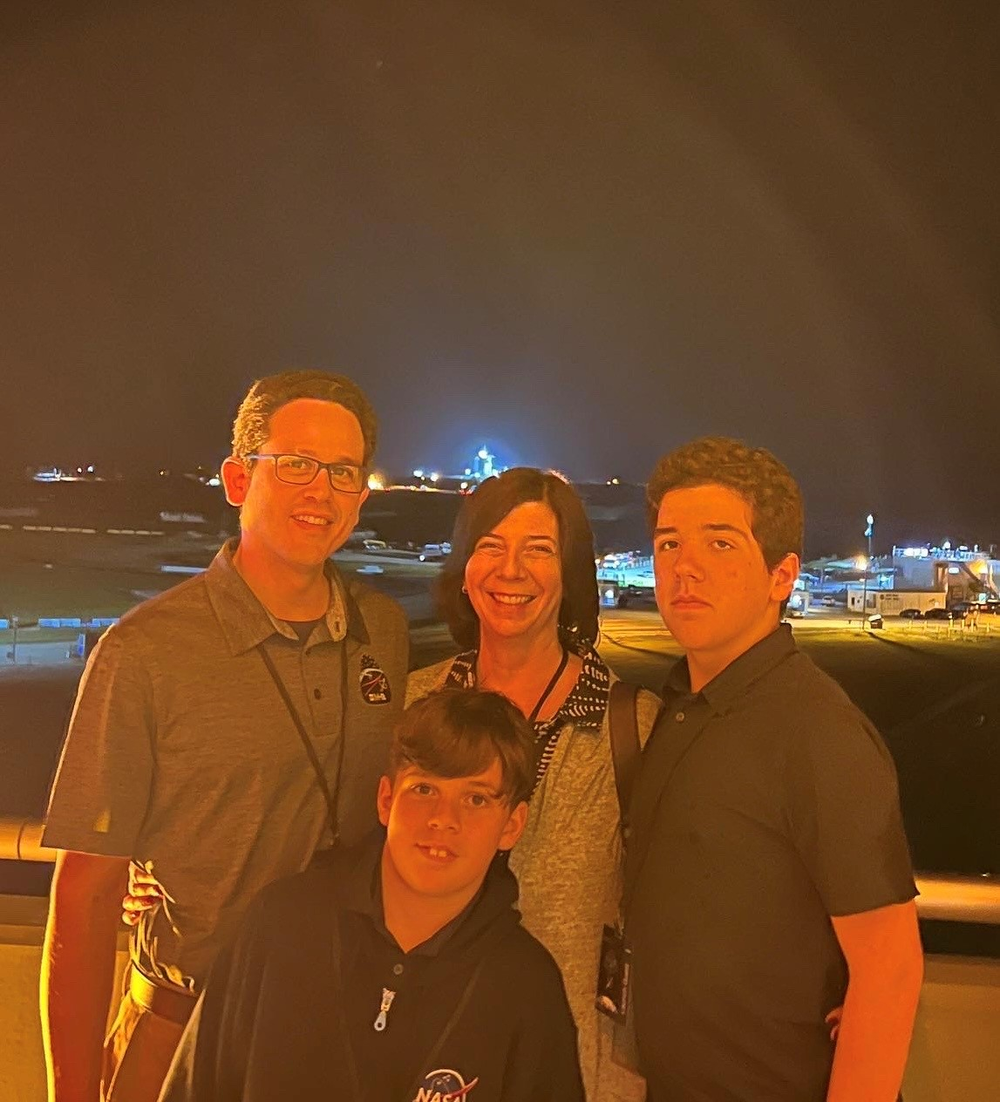
What are your hobbies/things you enjoy doing outside of work?
I always say that my main hobby is my kids. I have two boys that are 15 and 12 years old. My wife and I spend most of our free time enabling their education, hobbies, and overall development. Otherwise, I like to play guitar and watch sports. I am a big fan of all Houston sports.
Day or night launch? (Watching)
Tough choice, but if I had to choose, I would say night.
Favorite Space Movie?
There are many good ones, but my favorite is “The Martian,” mainly because it is my 12-year-old son's favorite. It makes it more fun when we watch it together and we love the music.
NASA Worm or Meatball logo?
Worm
***

Every day we are conducting exciting research aboard our orbiting laboratory that will help us explore farther into space and bring benefits back to people on Earth. You can keep up with the latest news, videos, and pictures about space station science on the Station Research & Technology news page. It is a curated hub of space station research and digital media from Johnson and other centers and space agencies.
Sign up for our once-a-week email newsletter to get the updates delivered directly to you.
Follow updates on social media at @ISS_Research on Twitter and the space station accounts on Facebook and Instagram.








